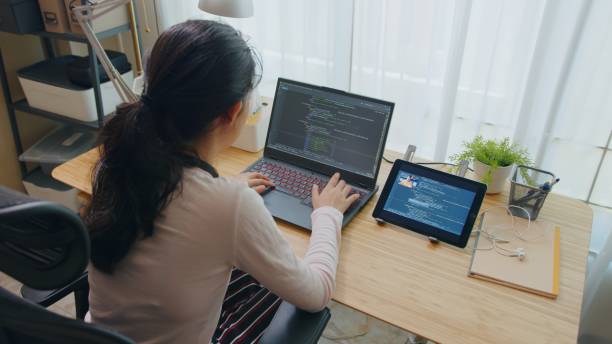Docker has revolutionized the way we build, ship, and run applications. Containers encapsulate an application and its dependencies, ensuring consistency across various environments. However, as your Docker journey progresses, managing containers becomes essential. This guide will delve into the intricacies of removing containers using the ‘docker ps -a’ command, providing you with a thorough understanding of the process.
I. Understanding ‘docker ps -a’
Before diving into removal techniques, let’s comprehend the significance of the ‘docker ps -a’ command. This command lists all containers, regardless of their running state. The output includes crucial information such as container IDs, names, statuses, and more. Understanding this information is crucial for effective container management.
II. Prerequisites for Container Removal
To remove containers successfully, certain prerequisites must be met. This section will discuss considerations such as stopping running containers, handling linked containers, and ensuring data persistence. Properly managing these aspects is vital for a smooth removal process.
III. Basic Container Removal with ‘docker rm’
The most straightforward method to remove containers is using the ‘docker rm’ command. This section will guide you through the basic syntax, options, and examples of removing containers. We’ll explore the nuances of removing single and multiple containers, ensuring you have a solid foundation for container removal.
IV. Advanced Techniques for Container Removal
Beyond the basics, advanced techniques can optimize your container removal workflow. Topics covered in this section include forceful removal, removal of all containers, and batch removal using filters. Understanding these advanced techniques provides flexibility and efficiency in managing your Docker environment.
V. Cleaning Up Docker Resources
Removing containers is just one aspect of Docker management. This section explores additional steps to clean up other Docker resources, such as volumes, networks, and images. A well-rounded approach to resource management ensures a clutter-free Docker environment.
VI. Best Practices for Container Removal
To wrap up the guide, we’ll discuss best practices for container removal. This includes regular cleanup routines, tagging containers for easy identification, and documenting container lifecycles. Following these best practices promotes a well-organized and maintainable Docker infrastructure.
Conclusion
In conclusion, mastering the art of removing containers with ‘docker ps -a’ is crucial for effective Docker management. This guide has provided a comprehensive overview, covering basic and advanced removal techniques, prerequisites, and best practices. By implementing the knowledge gained here, you’ll ensure a streamlined and efficient Docker environment. Happy container management!








